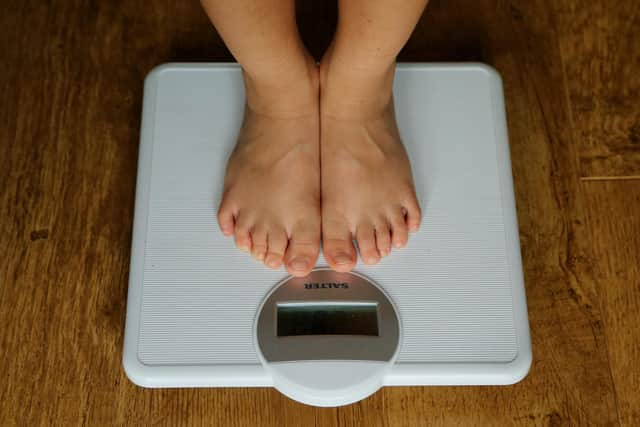Childhood obesity rates in Milton Keynes worse than before coronavirus pandemic
and live on Freeview channel 276
Childhood obesity rates in Milton Keynes have worsened following the pandemic, new figures show.
NHS Digital figures show 930 of 3,955 Year 6 pupils measured in Milton Keynes were classed as obese or severely obese in 2022-23.
Advertisement
Hide AdAdvertisement
Hide AdIt meant almost a quarter of 10 and 11-year-olds were in the highest two BMI categories as they prepared to leave primary school.


This was down from just over one per cent the year before but above pre-pandemic levels of 20 per cent in 2019-20.
Similarly, across England, nearly 23 per cent of Year 6 pupils were obese or severely obese – down on the 23.4 per cent recorded the year previous, but still above pre-pandemic figures.
The data comes from the Government's annual National Child Measurement Programme – part of its approach to tackling obesity – which records the height and weight of Year 6 and reception-age children in state-maintained schools across England to monitor obesity trends.
Advertisement
Hide AdAdvertisement
Hide AdKatharine Jenner, director of The Obesity Health Alliance (OHA), said: "All children have a right to grow up healthy, regardless of their circumstances."
Ms Jenner added people want easy, healthy options, and said if the Government was to incentivise companies to produce healthier products and restrict advertising financially, ‘it will have a disproportional benefit on those struggling to get by, freeing them from the harm caused by unhealthy food and drink’.
Ms Jenner also highlighted the divide between rich and poor, with children living in the most deprived areas (30 per cent) more than twice as likely to be obese as those living in the least deprived (13 per cent).
Dr Mike McKean, vice president for policy at the Royal College of Paediatrics and Child Health, said overweight children – of which two in five leave primary school – have a higher risk of chronic illnesses, mental health issues, and lower life expectancy.
Advertisement
Hide AdAdvertisement
Hide AdHe described the disparity between children living in deprived areas and those in affluent places as ‘unacceptable’. He added: "To have these children at such a disadvantage before even starting secondary school is a national disgrace."
The Government aims to cut childhood obesity rates in half by 2030, but Dr McKean said the root cause is poverty and deprivation, which ‘are robbing our children of a healthy adulthood before they even start school’.
He is urging the Government to expand free school meals, increase financial support during the cost-of-living crisis, implement a junk-food marketing watershed ban, and introduce mandatory guidelines on sugar and salt in baby foods.
The Department for Health and Social Care said it is committing to halving childhood obesity rates in 2030.
Advertisement
Hide AdAdvertisement
Hide AdA government spokesperson said: "We have already brought in measures to reduce the amount of sugar and salt in foods, particularly those aimed at children and our soft drinks industry levy has nearly halved the amount of sugar in soft drinks, while the sugar reduction programme has significantly reduced the amount of sugar in foods popular with children – including breakfast cereals and yoghurts."By investing £320 million a year in school sports we are promoting healthier lifestyles through physical activity and through schemes like Healthy Start, which encourage a healthy diet for families from lower-income households."